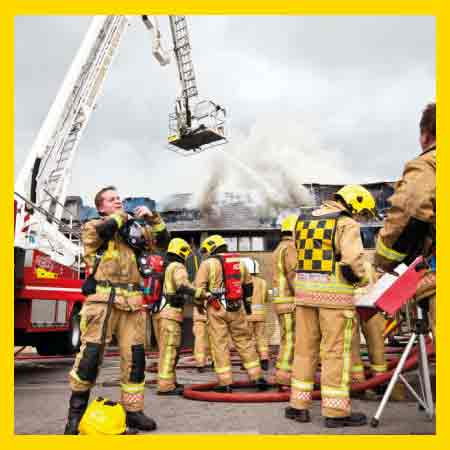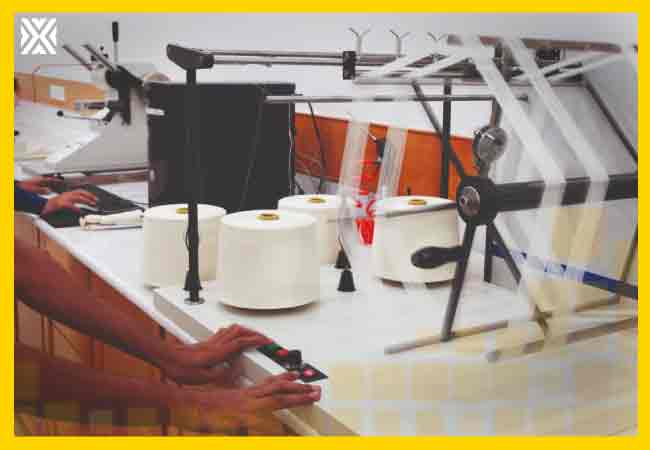Currency
June 15, 2019


Textile materials that are used as personal protective equipment (PPE) must be able to cope with the most extreme requirements. Depending on the area of application, PPE must fulfil a variety of functional requirements. In addition, certain statutory regulations and testing requirements must be observed by the manufacturers and users of PPE.
For example, PPE such as protective clothing for the fire brigade, must protect the wearer against risks that can endanger their health and/ or safety. This differentiates PPE in general from workwear and industrial garments worn by workers during working hours that have no special protective function, such as chefs’ hats or doctors’ coats.
Minimise risks
The regulations on personal protective equipment (EU 2016/425) clearly defines what must be considered in the manufacture and market introduction of products in the European Economic Area. There are three categories of PPE based on the potential danger:
The three protection categories also include non-textile equipment such as knee guards, hearing protection, safety shoes, protective goggles and safety helmets, which are not the subject of this discussion.
Typical textiles
Depending on the application and protective function, there is a wide variety of textile PPE such as protective gloves and protective clothing.
Some typical examples include: Protective gloves – depending on their material composition and design, these provide protection against mechanical risks and cutting injuries as well as chemicals, flames and viruses and can have an antistatic effect.
Protective clothing – this protects against dangers such as chemicals, electrical energy, flame, radioactive rays, heat, moisture, and so on.
The material used and design are determined by the protective purpose.
High-visibility warning clothing
High-visibility warning clothing is used for the early detection of persons during the day or night; for instance, when working in the vicinity of public roads, rail tracks or construction sites.
Cold weather clothing
Cold weather clothing provides the highest possible level of thermal insulation and wind-proofing. A distinction is made between clothing against cool environments above -5°C and clothing against cold below -5°C. In the latter case, special cold protection clothing is referred to. Chemical protection clothing Chemical protection clothing has to be selected based on the type, physical state (solid, fluid or gas) and concentration of the chemical in order to achieve the required protective effect.
Heat protection suits
Heat protection suits are made from flame-retardant material and at minimum provide short-term protection when contact is made with fire. It is used in metalworking shops and elsewhere.
Welding protection suits
Welding protection suits protect against burning from welding spatter when there is short-term contact with flames. They consist primarily of flame-retardant material, heat resistant leather or aramid fibres.
Cut resistant clothing
Cut resistant clothing is used in sectors such as forestry. In contact, a chainsaw chain cuts the outer fabric and collects the threads from the protective layer, which wind around the chainsaw drive wheel and block the machine within fractions of a second.
Fire-resistant clothing
Fire-resistant clothing covers various protective aspects such as fire, heat and tear resistance as well as a high level of visibility. For instance, fire-resistant clothing is fitted with a specific arrangement of reflective stripes so that the wearer can be identified in any kind of conceivable posture.









